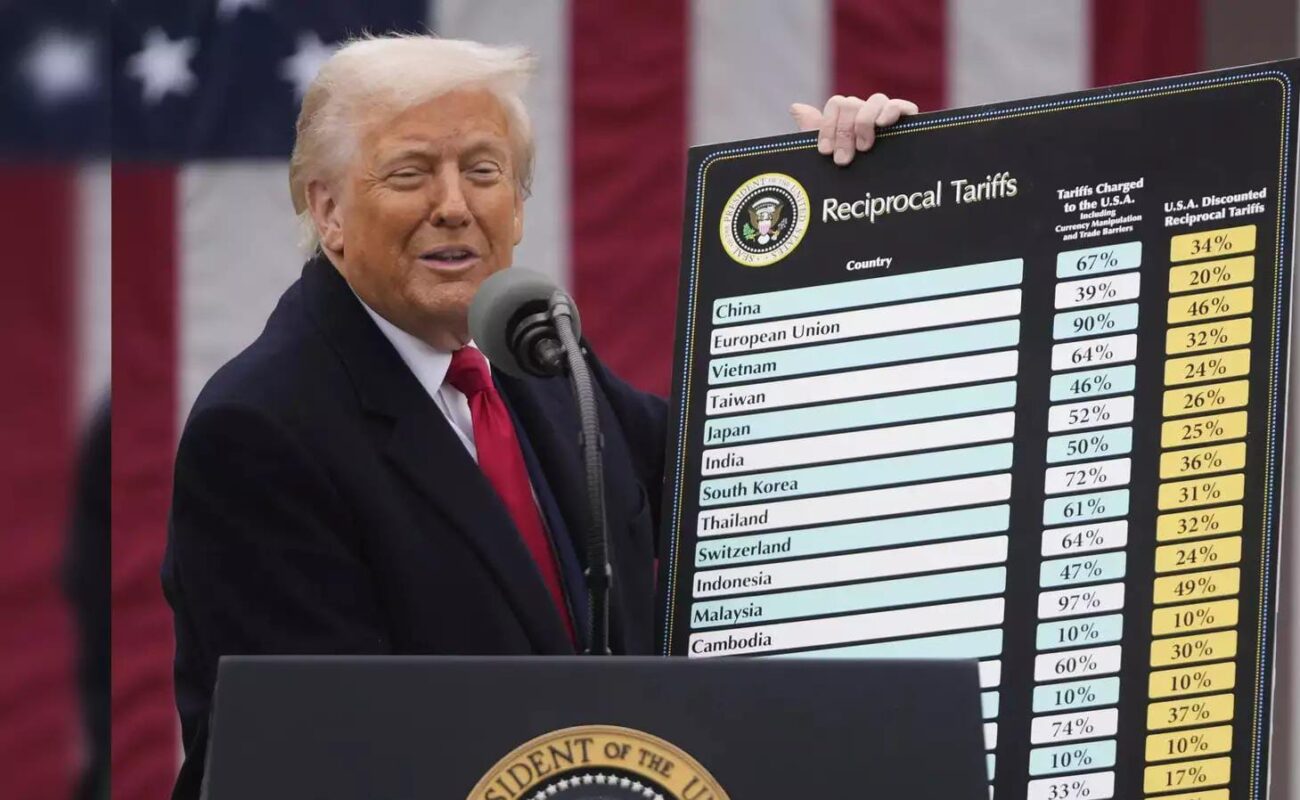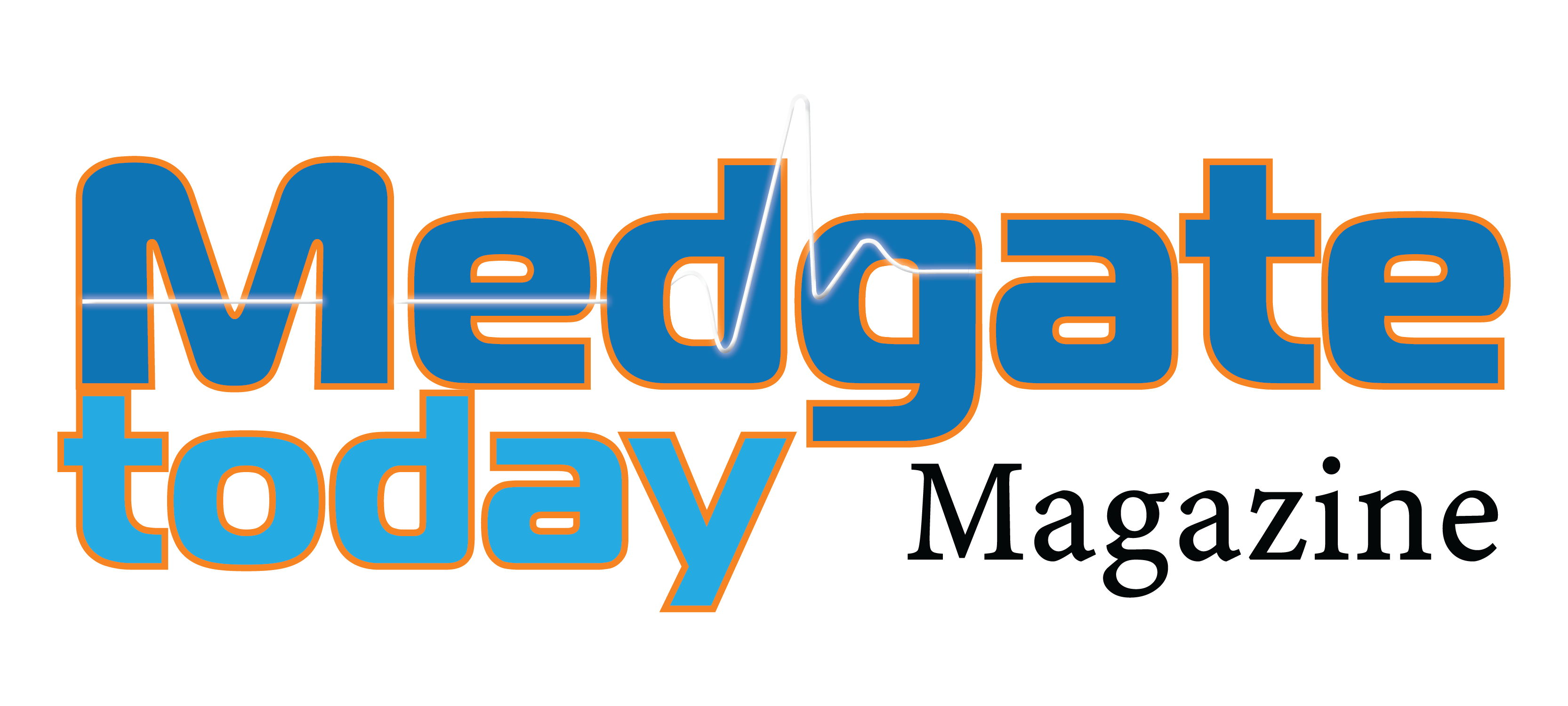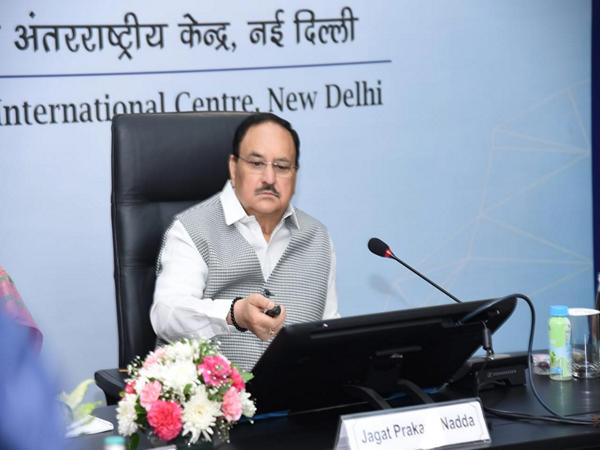Trump Imposes 26% Tariff on Indian Medical Device Sector: Industry Braces for Impact
In a move that has sent shockwaves through the Indian medical device industry, former U.S. President Donald Trump has imposed a 26% reciprocal tariff on medical device exports from India. This decision, aimed at correcting

In a move that has sent shockwaves through the Indian medical device industry, former U.S. President Donald Trump has imposed a 26% reciprocal tariff on medical device exports from India. This decision, aimed at correcting perceived trade imbalances and promoting domestic manufacturing in the U.S., has sparked concerns over its impact on Indian manufacturers, trade relations, and global supply chains.
India has long been a key supplier of cost-effective, high-quality medical devices to the U.S., particularly in the low-value, high-volume consumables segment. However, with this new tariff, the competitiveness of Indian exporters could take a significant hit.
Understanding the New Tariff Structure
The 26% tariff is part of a broader trade policy targeting medical device imports into the U.S. from multiple nations. Below is a comparative analysis of tariffs imposed on medical device exports from different countries:
| Country | Tariff on Medical Device Exports to the U.S. |
| India | 26% |
| China | 34% |
| Europe | 20% |
| Vietnam | 46% |
| Taiwan | 32% |
| Japan | 24% |
| South Korea | 25% |
| Switzerland | 31% |
| Indonesia | 32% |
| Malaysia | 24% |
| Turkey | 10% |
While India enjoys an 8% tariff advantage over China, this might not be sufficient to offset the challenges posed by non-tariff barriers such as stringent regulatory approvals.
Impact on India’s Medical Device Exports
India’s medical device industry relies heavily on exports to the U.S.. In FY 2023-24, India exported $714.38 million worth of medical devices to the U.S., whereas imports from the U.S. to India were significantly higher, at $1,519.94 million, according to data from the Export Promotion Council of Medical Devices.
Key Concerns for Indian Exporters
- Loss of Market Share
- The 26% tariff increases costs for Indian manufacturers, making their products less competitive in the U.S. market.
- Alternative sourcing from countries like Mexico, Puerto Rico, and Ireland (which have stronger trade agreements with the U.S.) may become more viable.
- Rise in Manufacturing Costs
- Many Indian manufacturers operate on low margins. A 26% price hike may reduce demand and impact profitability.
- U.S. buyers may switch to domestic alternatives or diversify their supply chains.
- Impact on Foreign Direct Investment (FDI)
- The tariff may discourage foreign investors from setting up production facilities in India for exports to the U.S.
- Instead, investments may flow into Mexico, Ireland, and Southeast Asian nations with more favorable trade policies.
- Regulatory Hurdles
- Non-tariff barriers, such as the stringent U.S. FDA approval process, remain a bigger challenge than tariffs themselves.
- The FDA approval process costs anywhere between $9,280 to over $540,000, adding a significant financial burden on Indian exporters.
AiMeD’s Views: A Call for Fair Trade Practices
The Association of Indian Medical Device Industry (AiMeD), a key industry body, has strongly opposed the discriminatory pricing mechanisms that put Indian manufacturers at a disadvantage.
AiMeD’s Key Points:
- Discriminatory Pricing Mechanism is Unacceptable
- “AiMeD is opposed to any discriminating price compensation mechanism on basis of Regulatory Approval,” stated Rajiv Nath, Forum Coordinator, AiMeD.
- AiMeD criticized the preference given to foreign manufacturers with U.S. FDA approvals, arguing that Indian firms should not be required to meet overseas regulatory criteria to operate domestically.
- Demand for Incentives for Domestic Manufacturers
- AiMeD has suggested a 3-5% price preference to encourage value-added, high-quality manufacturing in India.
- This incentive should be based on objective quality certifications such as:
- QCI’s Indian Certification for Medical Devices (ICMED)
- ICMED Plus for ISO Compliance
- ISI Certification for BIS Standards
- Protecting the “Make in India” Vision
- The high U.S. tariffs could boost American manufacturers while reducing India’s market share, making India’s medical device industry vulnerable.
- If India fails to counterbalance this with domestic policy changes, the “Make in India” initiative could suffer setbacks.
- Bilateral Negotiations Needed
- AiMeD has urged the Indian government to negotiate a balanced trade policy with the U.S.
- The organization suggests that India should review its import duties on U.S. medical devices, which currently stand at 0% to 7.5%, and consider implementing reciprocal tariffs to ensure fairness.
Opportunities Amidst the Crisis
Despite the challenges, there are some potential opportunities for Indian manufacturers in the short to medium term:
- U.S. Market Realignment Will Take Time
- Low-risk, high-volume consumables (e.g., syringes, catheters, gloves) are not manufactured at scale in the U.S.
- Since the U.S. moved production of such items to Mexico, Ireland, and Puerto Rico, bringing manufacturing back could take 3-5 years.
- India could benefit in the short term if it capitalizes on this gap.
- Strategic Shift Towards Non-U.S. Markets
- Indian manufacturers could diversify exports to Europe, the Middle East, and Southeast Asia to reduce dependency on the U.S.
- Strengthening Domestic Manufacturing for Self-Reliance
- The Indian government could introduce tariff adjustments on imported medical devices from the U.S.
- Strengthening domestic manufacturing incentives could reduce dependency on foreign products and support India’s healthcare security goals.
The 26% tariff on Indian medical devices imposed by the U.S. is a major challenge that could impact the sector’s growth, profitability, and export competitiveness. However, industry leaders emphasize that non-tariff barriers remain a bigger issue than tariffs alone.
What Needs to be Done?
Bilateral Negotiations – India must push for fair trade policies.
Reciprocal Tariff Strategy – Consider raising tariffs on U.S. imports.
Encouraging Domestic Manufacturing – Introduce incentives for local production.
Market Diversification – Reduce over-reliance on U.S. exports.
Strategic Policy Reforms – Focus on regulatory simplifications and industry support.
The global medical device industry thrives on cooperative trade, and ensuring a balanced approach to tariffs and regulations is crucial for sustaining India’s growth in this sector. The Indian government’s response in the coming weeks will determine whether Indian manufacturers remain competitive or face a steep decline in their U.S. market share.






